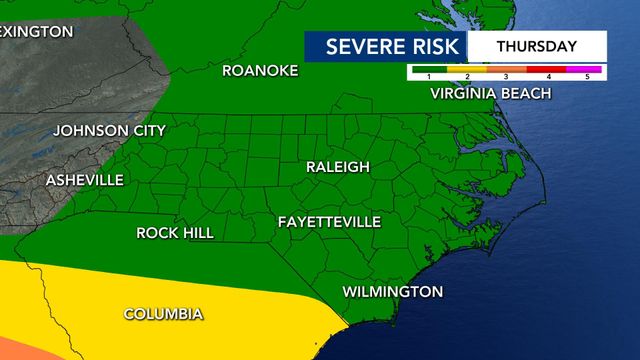Bahamas Is Spared as Tropical Storm Humberto Moves Away
NASSAU, the Bahamas — The Bahamas breathed a sigh of relief as a new storm changed course on Saturday and skirted the islands that were devastated by Hurricane Dorian less than two weeks ago.
The new storm, Tropical Storm Humberto, was never expected to be as destructive as Dorian, a Category 5 hurricane that killed at least 50 people, a death toll that is expected to increase drastically. Even so, Humberto threatened to complicate the already difficult task of rescue workers, who were still searching for about 1,300 missing people.
The National Hurricane Center said Saturday that Humberto was likely to strengthen gradually and become a hurricane by Sunday night, but that it would gradually move away from the northwestern Bahamas before then. Heavy rain was still expected in parts of the Bahamas, with up to six inches in spots.
In the southeastern United States, some areas of the Florida and Georgia coasts were expected to get up to one inch of rain.
“It’s a blessing to us that it’s staying out in the Atlantic Ocean,” Trevor M. Basden, director of the Bahamian government’s Department of Meteorology, said on Saturday afternoon. “We should be dropping the storm warnings this evening.”
The Bahamas had been bracing for a possible direct hit, but Basden said the storm system got no closer than about 30 miles east of Marsh Harbour, the town on Great Abaco Island that was torn apart by the hurricane two weeks ago.
The system’s most intense winds and rain were north and east of the storm’s center, on the opposite side from the Bahamas, he said.
The islands were “spared of the wind, for sure, and also much of the rain,” he added.
At 2 p.m. Eastern time, the storm was 40 miles north of Great Abaco Island and 120 miles east-northeast of Freeport, Grand Bahama Island, and “crawling northwestward,” the National Hurricane Center reported.
Michael Pintard, a member of the Bahamian Parliament from Marco City, said that relief efforts were back to normal, a day after they had to be shuttered early because of the approaching storm. Pintard himself had to be rescued from his home after Hurricane Dorian.
The hurricane damaged or destroyed nearly all structures in some settlements and towns in the Abacos, flattened entire neighborhoods and created vast debris fields. Cleanup has barely begun in most places, raising concern that the high winds of a tropical storm could turn remaining detritus into missiles.
Nate Mook, executive director of World Central Kitchen, which is delivering 4,000 meals a day to Great Abaco Island, said it was trying to get a kitchen up and running on the island itself so food delivery would not be so dependent on weather conditions.
“Everybody is really traumatized,” he said. “A thunderstorm can have a big impact when your roof is already torn off.”
The U.N. secretary-general, António Guterres, said Friday in a news conference with Prime Minister Hubert Minnis that small countries like the Bahamas cannot be expected to withstand the damage from huge natural disasters on their own. The global community must step in, he said.
“In our new era of climate crisis, hurricanes and storms have turbocharged,” Guterres said. “They have come with greater intensity and frequency, the direct result of warmer oceans.”
In Treasure Cay, a settlement on Great Abaco that was pummeled by Hurricane Dorian, residents said that apart from intermittent showers, Saturday’s weather had been pleasant and at times sunny — a far cry from the storm they had feared.
“We were expecting it today, with 40 mile per hour winds,” said Steve Pedican, a golf course manager and longtime resident. “But it’s a beautiful day in Treasure Cay.”









